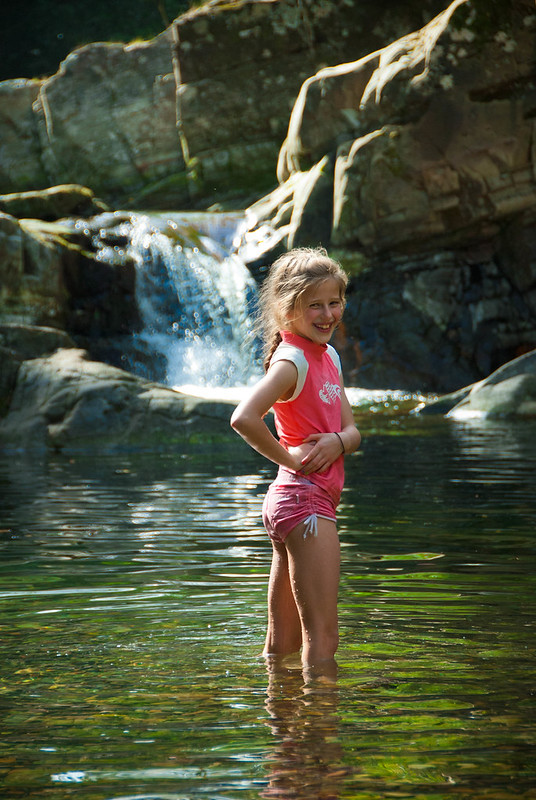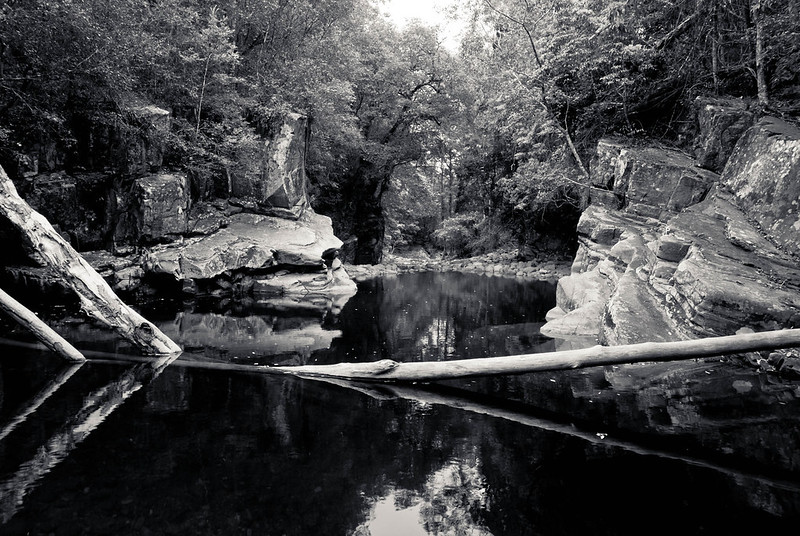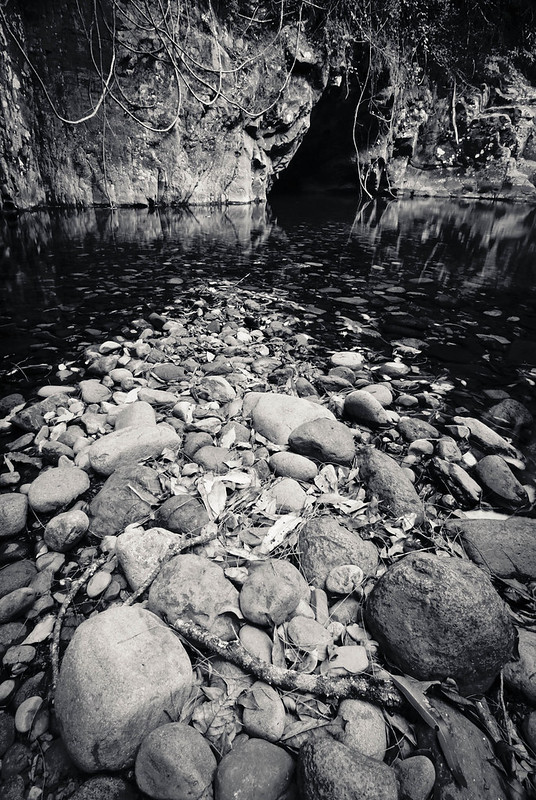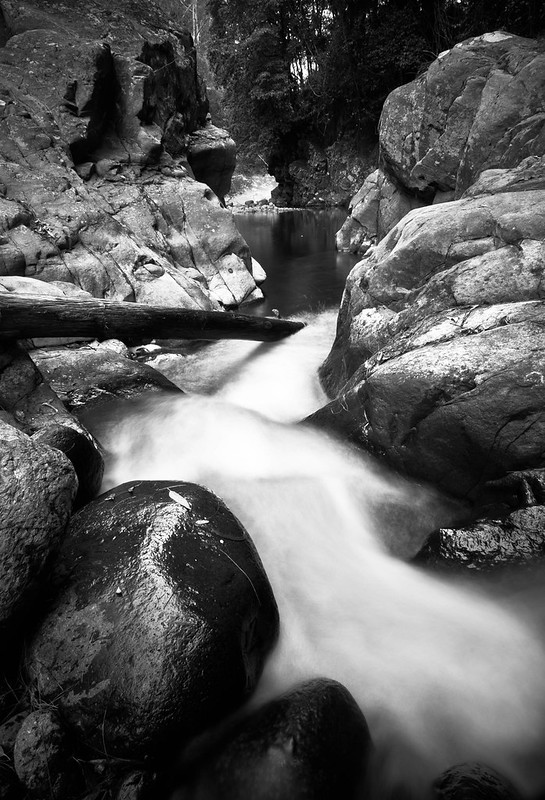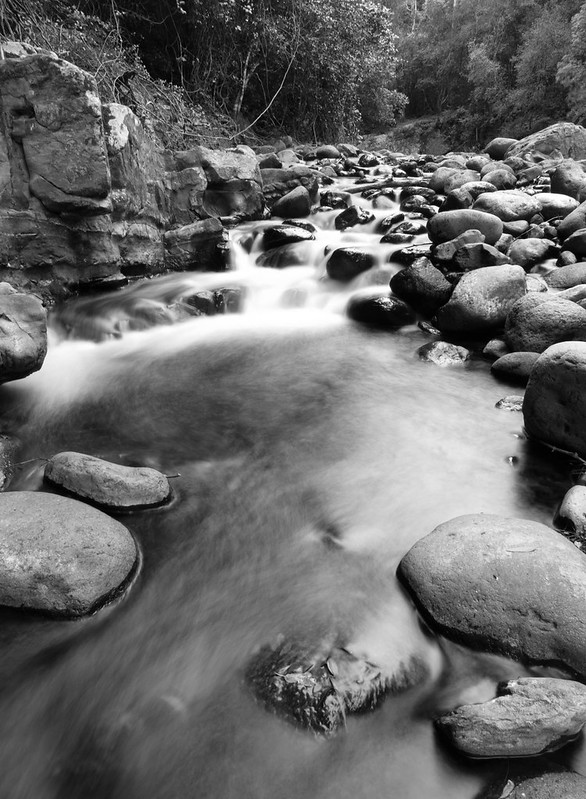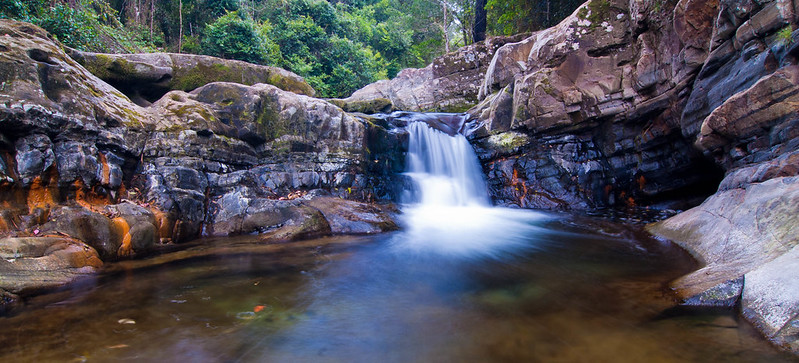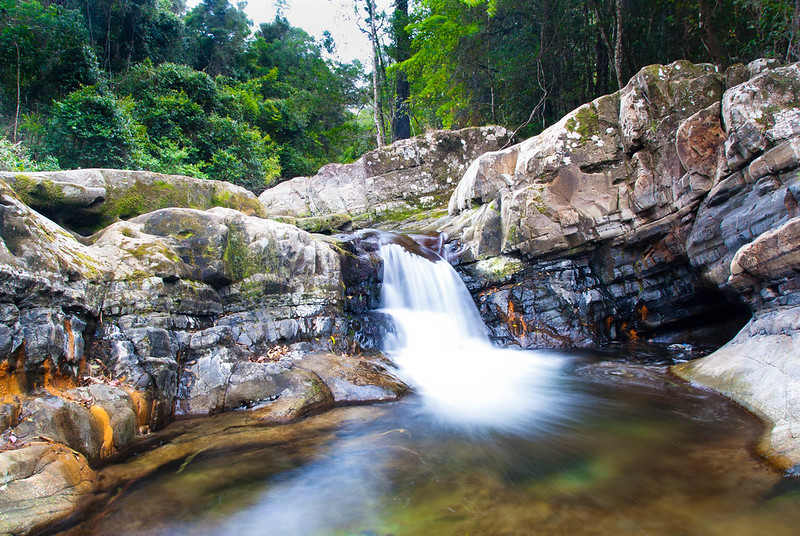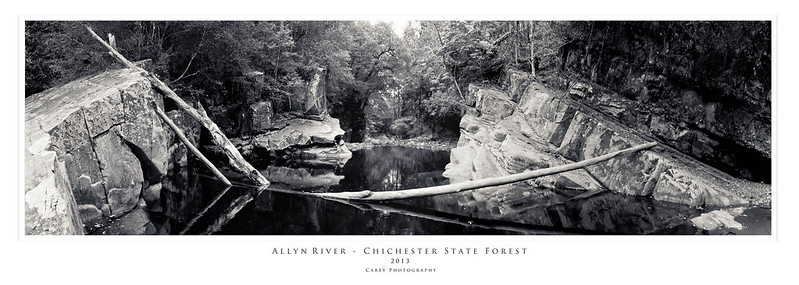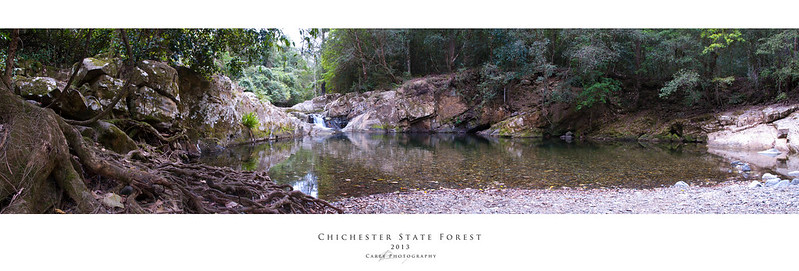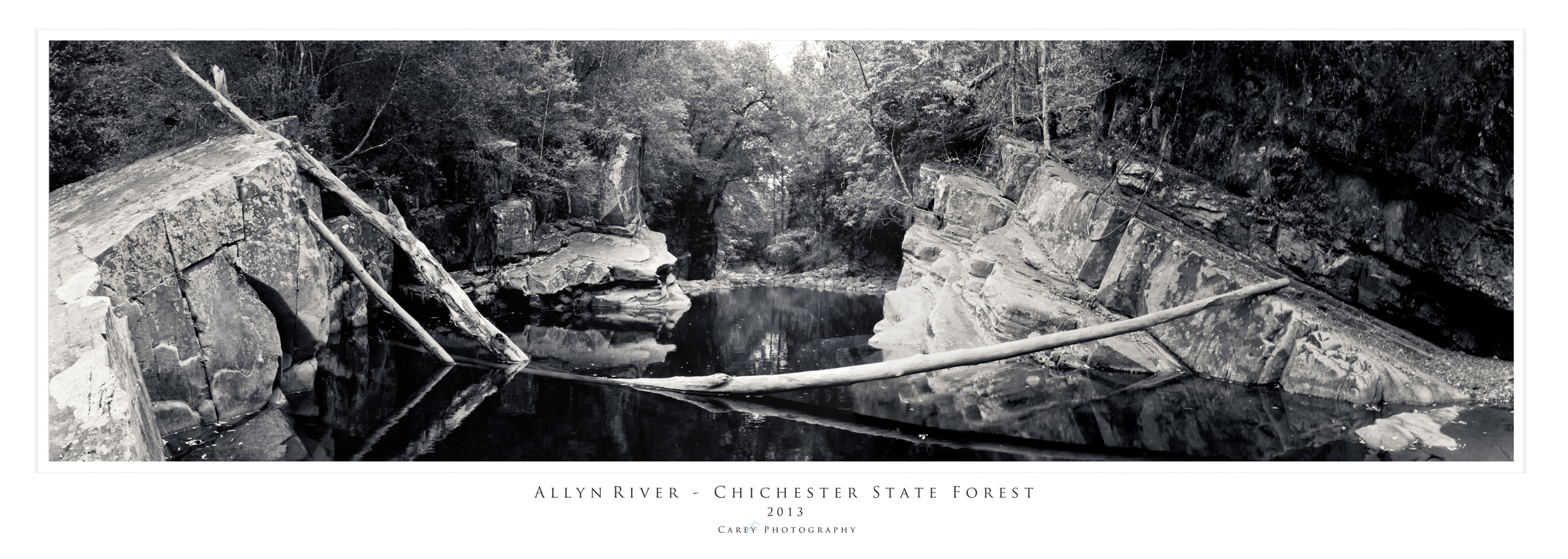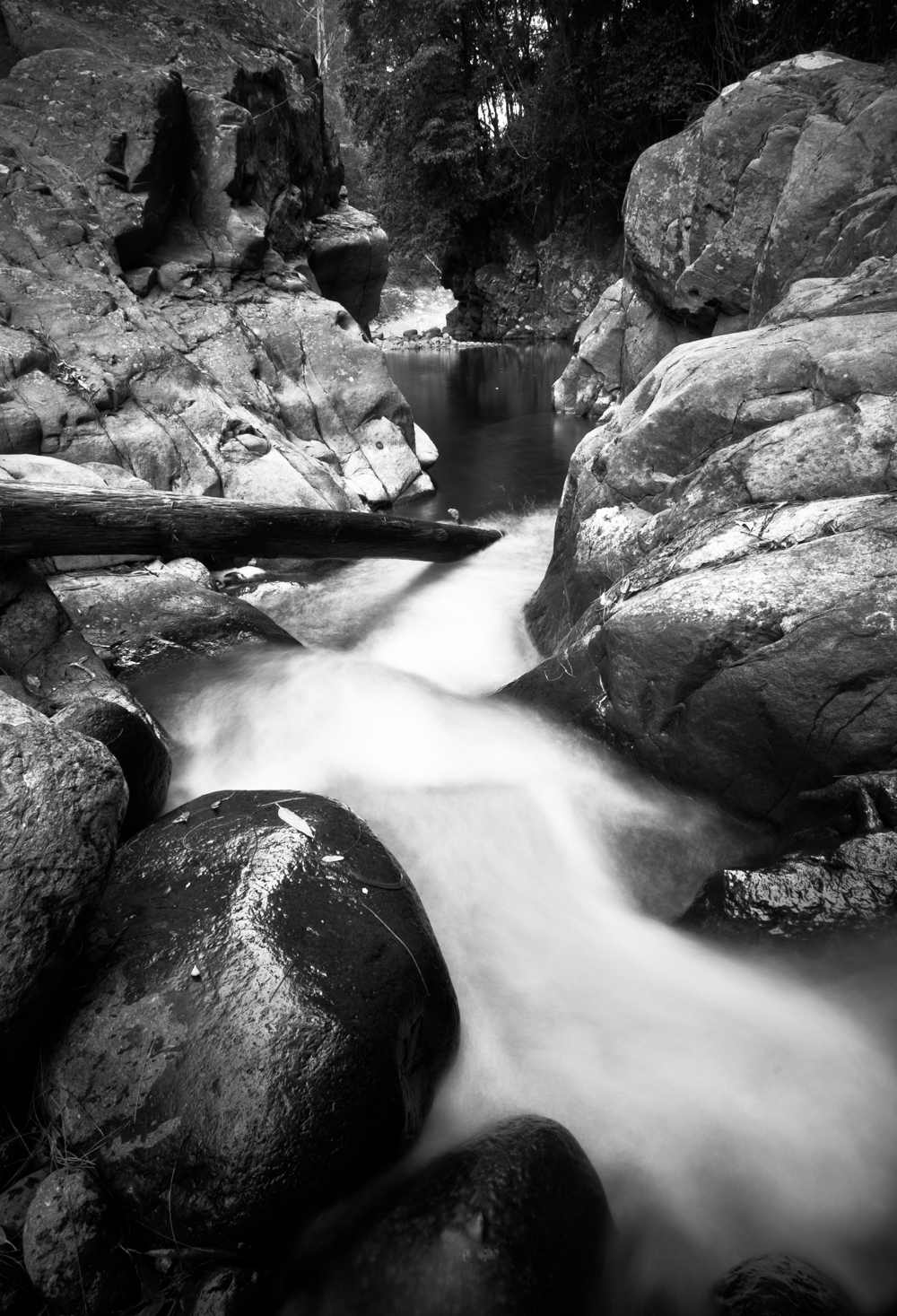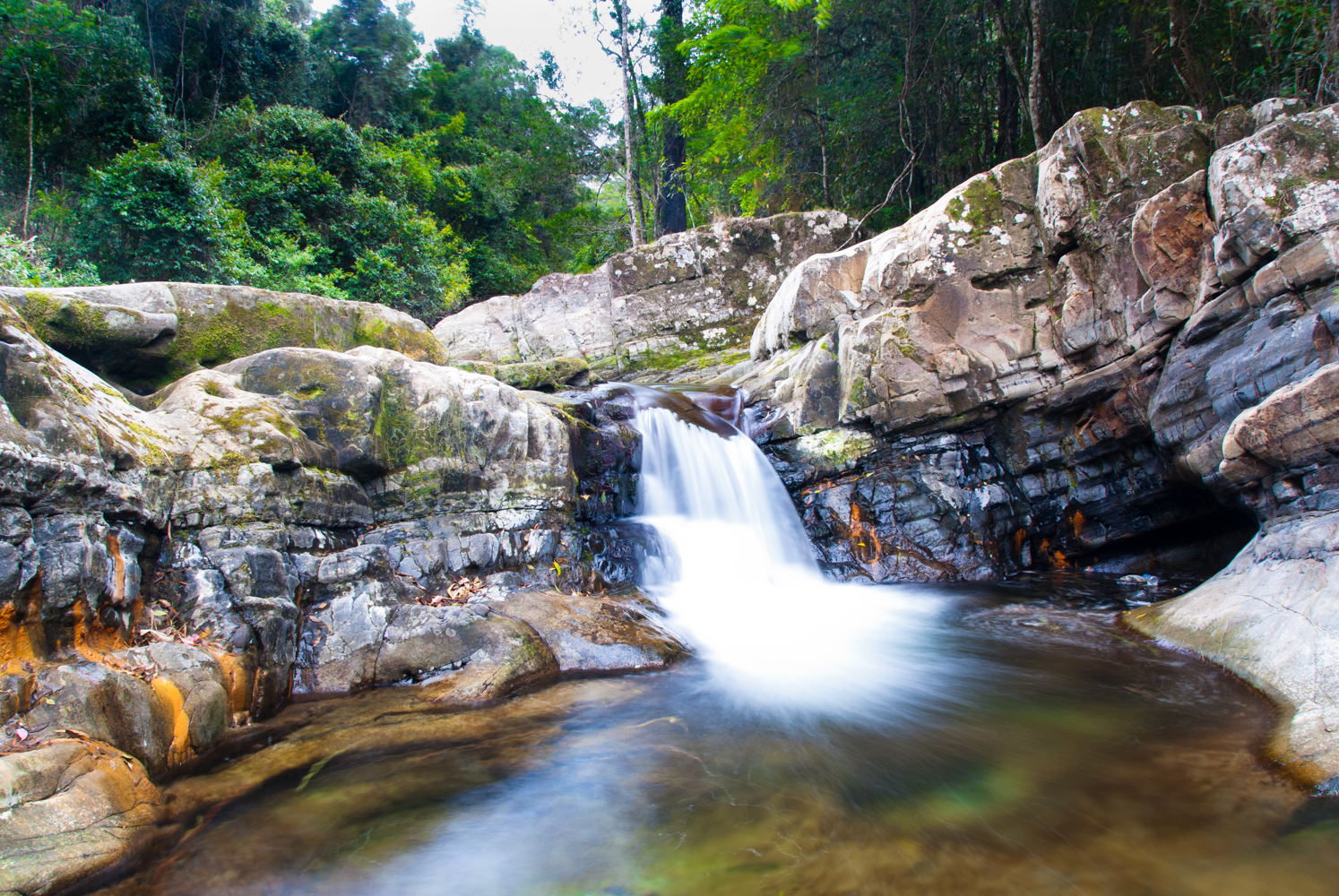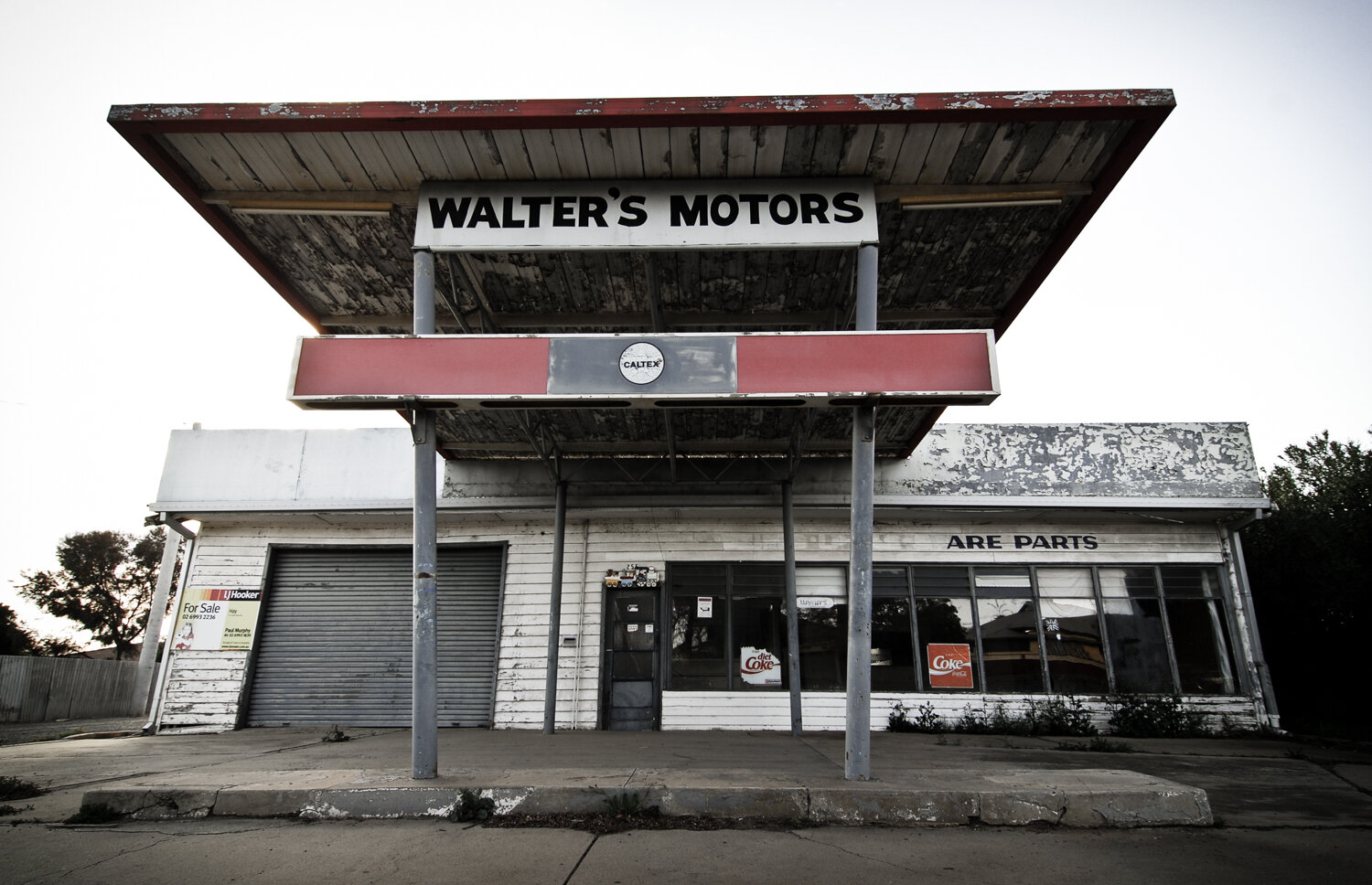School holidays here again so it was time to pack the camper (and the children) and escape from reality for a while.
This time it was to Chichester State Forest in NSW.
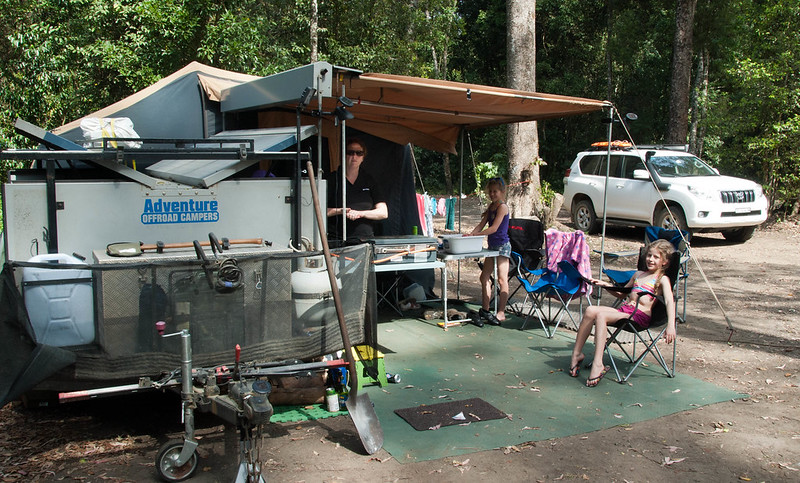
We are often spoilt for choices when we are deciding on
where to stay for our next camping adventure.
There is the luxury of a holiday park with all of their trappings for
the kids including pools and jumping pillows.
Alternatively there is the National Park with basic facilities but world
class views and unique natural wonders.
But there is another alternative that gives you access to some amazing
bush camping but does not cost anything and that is the State Forests. So it was with this thought we decided to
head to Chichester State Forest which is part of Lower Barrington Tops
approximately 3 hours north of Sydney.
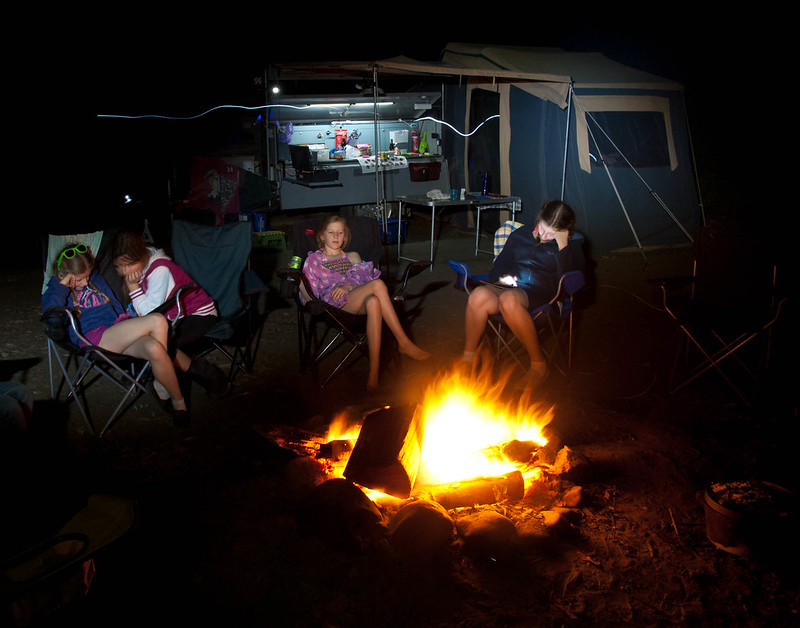
Growing up through my teenage days I was passionate about
protecting our native bushland. With the
controversy of logging of old growth forest in Eden still raging I was actively
against all forms of logging. At the time I failed to see how we could destroy
these unique green lungs that were home to an array of plants and animals all for
the sake of another newspaper or toilet roll.
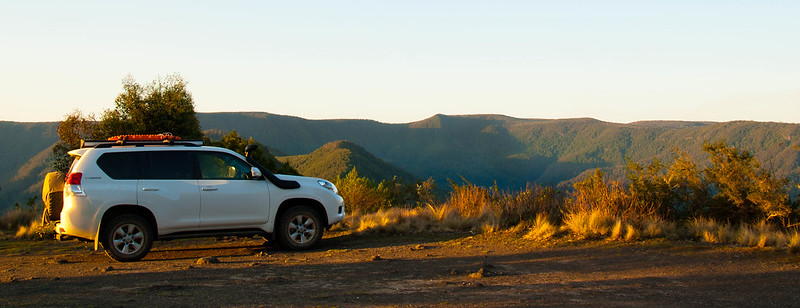
I still believe that
these hard fought battles were worth it and that many of our unique forests
have been saved due to this action. However as time has aged me I have come to
a greater level of appreciation of the importance of sustainable forest
management where we can produce enough timber for now and regenerate and
re-plant so as to guarantee timber for future generations. It is about finding that balance between
being self-sufficient while maintaining the unique forest features like
biodiversity, habitat and clean water.
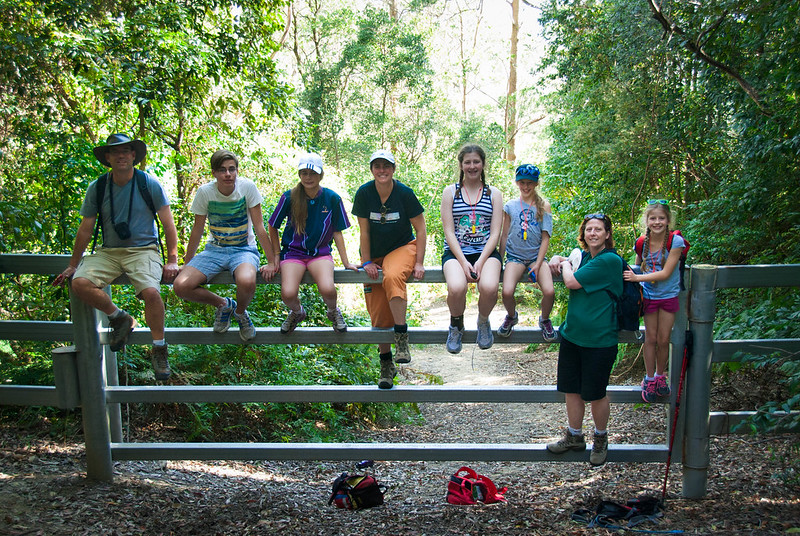
As the bustling traffic of Sydney is left behind, you pass
through little towns of Paterson, Vacy, Gresford and East Gresford, each with
their own unique character (and I am sure characters as well). The gravel road takes you through rolling
hills as it follows the meandering Allyn River, past fat cows and even a
strange ‘boot graveyard’, before
entering Chichester State Forest.
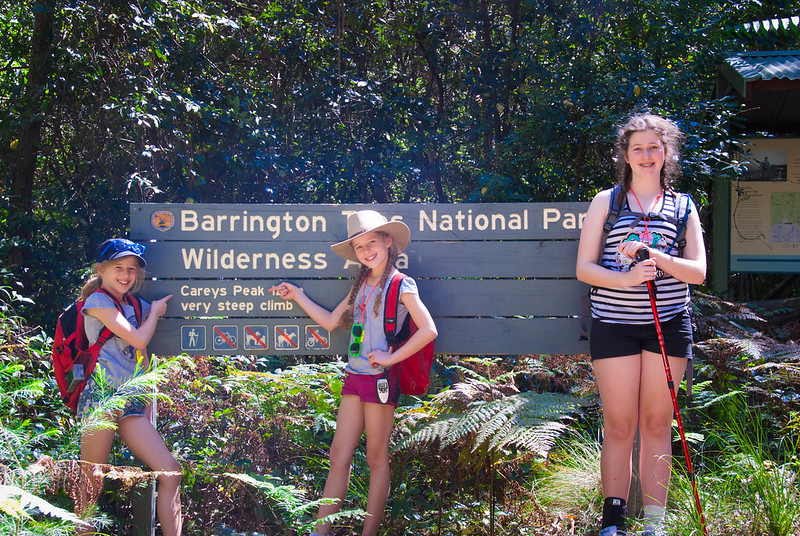
There are several camp sites to choose from along the Allyn River with the ‘Old Camp’ providing a great swimming location adjacent for the kids. As I sit and watch the kids play in the cool, crystal clear waters I wonder if they have any thoughts on the importance of protecting these forests and the battles that raged in the past.

The first Europeans in the district were timber-getters who
began extracting cedar in the 1810s. This was true sustainable forestry with several
men taking weeks to hand cut and remove one large tree. You can see the relics of this past activity
on a small 800m walk that leaves from the Peach Tree Picnic Area and meanders
through the ferns and epiphytes and remaining large trees. Every now and again there is the ghost of a
fallen tree with its stump and two or three unique notches gouged in to the
timber used by the timber-getters to place their stand on while they were
sawing.
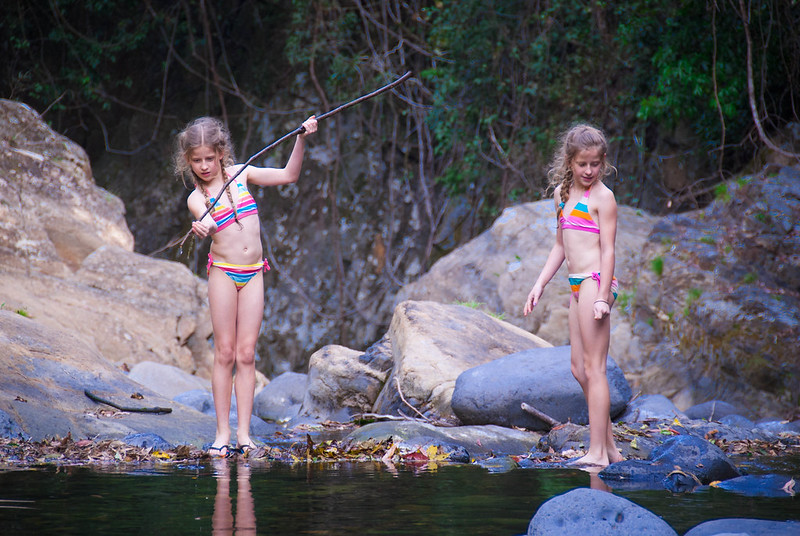
While many National Parks restrict 4WD from exploring their
inner depths, the State Forests are a maze logging tracks that criss-cross the
area providing a range of opportunities to slip the truck in to low range. The tracks in Chichester range from easy to
near vertical and can easily become impassable with rain and even snow which is
known to occur here. One of the easier tracks
sees you climb endlessly though the cool temperate Antarctic beech forest to
the top of Mount Allyn. This is a windy
steep climb that is easy in the dry but could see you make a hasty unplanned
exit to the bottom of the mountain in the wet. At the end is a spectacular
lookout which provides 360 degree views of the State forests, and adjacent
Barrington Tops National Park.
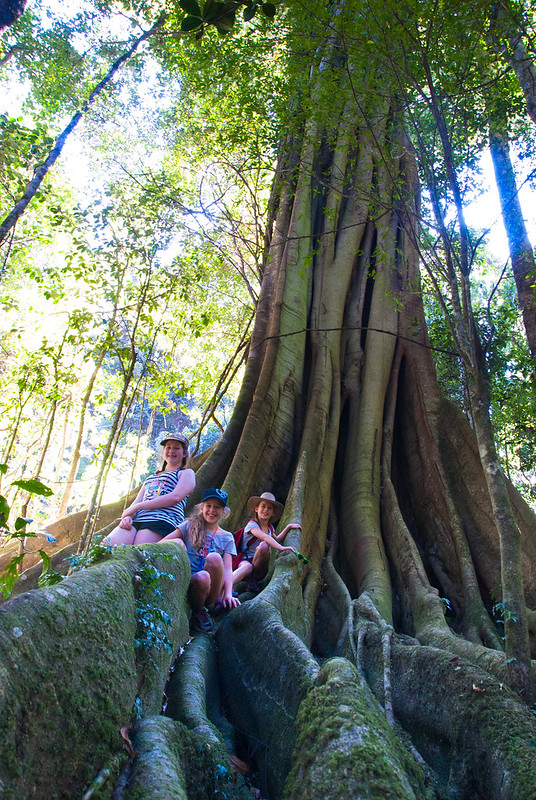
There is also a range of walks from the simple to the
extreme. For the more adventurous there
is a range of longer walks in the adjacent National Park including the track to
Careys Peak which is a strenuous 12km constant climb eventually linking up with
the Barrington Tops Walking Trails and Gloucester Tops for 2-3 day treks.
But for us the time was spent exploring the tracks and playing
in the river. National Parks continue to provide a valuable role in conserving
our remaining natural forests. However it is still possible to gain an
appreciation of these great natural areas in State Forests which serve both as
a renewable resource and the ability to provide a unique environment for us to
explore – and even get the fourby dirty while doing it.
